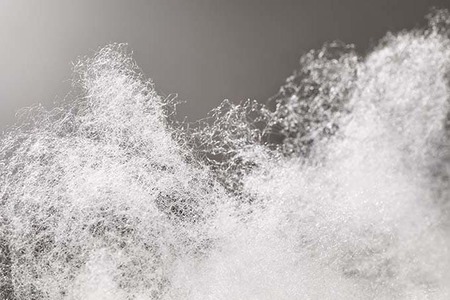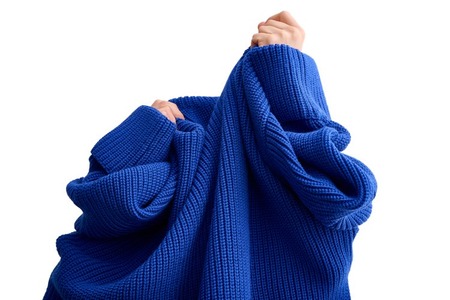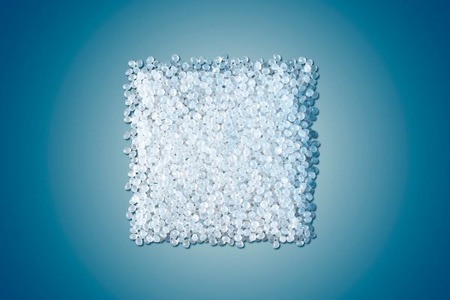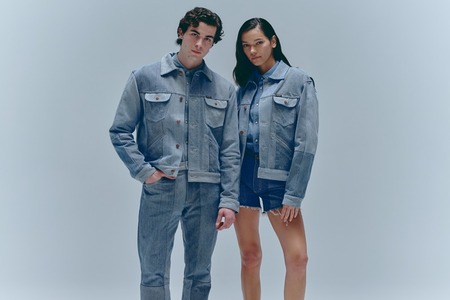
Egypt reviving QIZ to promote duty free apparel exports to US
YarnsandFibers News Bureau 2017-10-20 12:00:00 – CairoEgypt is reviving up its promotion of special industrial zones known as Qualifying Industrial Zones, these designated areas have been manufacturing clothing for more than a decade for some big name U.S. companies since Egypt started production in the zones in 2005. In these zones apparel can be made and exported duty-free to the United States as President Trump have started whittling away at the various free-trade agreements the United States has with different countries.
One advantage for U.S. manufacturers looking to produce in these special areas is that there is not a yarn-forward or fabric-forward stipulation as in other free-trade agreements—meaning the yarn and fabric do not have to be made in the region to receive duty-free benefits.
Instead, special requirements are that 10.5 percent of the product’s value must come from Israel, such as the zippers, buttons, fabric, trim or packaging material.
And at least 35 percent of the value of a product must have local input (24.5 percent Egyptian and 10.5 percent Israeli). The 35 percent minimum content can include costs incurred in Israel, Egypt or the U.S.
The U.S. Trade Representative first set up these industrial zones in the Middle East in 1996 to promote better cooperation and economic ties between Egypt, Jordan and Israel.
Ashraf El Rabiey, who manages the industrial zones in Egypt speaking along with other Egyptian apparel and textile industry experts at a recent webinar organized by the U.S. Fashion Industry Association in Washington, D.C said that the importance of the QIZs is that it is a political program that is strongly supported by the United States, Israel and Egypt.
Jordan was the first to use these zones with its factories set up along the border to partner with operations in Israel. Many of the factories had Asian investment and guest workers from primarily Asian countries. For four years, the program made up about 30 percent of Jordan’s total GDP growth.
Then, in 2010, a free-trade agreement between Jordan and the United States went into effect, meaning the duty-free status for products was available throughout all of Jordan. However, apparel from these zones continues to be manufactured.
Since launching its industrial zones, Egypt has seen several major U.S. companies—such as Levi Strauss & Co., Walmart, Phillips-Van Heusen, Gap Inc., Nike and JC Penney—produce there.
Top items made in the 15 special zones set up around Cairo, Alexandria and other areas are pants, T-shirts, shorts, tank tops, shirts, underwear, jackets and towels.
El Rabiey further added that in the recent years more flexibility has been added to the program. Not every shipment has to have an Israeli 10.5 percent content. If you bring in 10.5 percent in Israeli goods per quarter, that qualifies. So you can send some shipments with no Israeli content and other shipments with more.
When the zones were first established, many companies experienced double-digit growth in export sales, but then in 2011 the Arab Spring brought protests, riots and coups to the region. Between 2011 and 2016, production fell in those zones until this year. Since January 2017, exports are coming back up. The first nine months, they jumped 9 percent.
Waleed El-Zorba, managing director for Nile Holding Co., which owns several textile companies, said that Egypt has a number of advantages as a clothing and textile maker.
First, spinning and weaving of textiles has been around since the days of the pharaohs. Egypt grows some of the best long-staple and extra-long-staple cotton in the world, used in high-end clothing, towels and sheets.
Today, Egypt has more than 1,500 garment factories and 1.5 million textile and garment workers. There is a high level of quality to the Egyptian product. They also have strong laundries in Egypt to achieve a high level of fashion washes that are in demand.
Zorba further added that as Egypt sources much of its fabrics from international mills the lead time for woven garment is longer around 75 to 120 days but the industry is trying to change that. They are seeking verticality in Egypt, that is a big project they are taking on in the industry.
Market Intelligence
Ask for free sample Report

experience
Customer Base
dedicated team
Countries Served Worldwide









